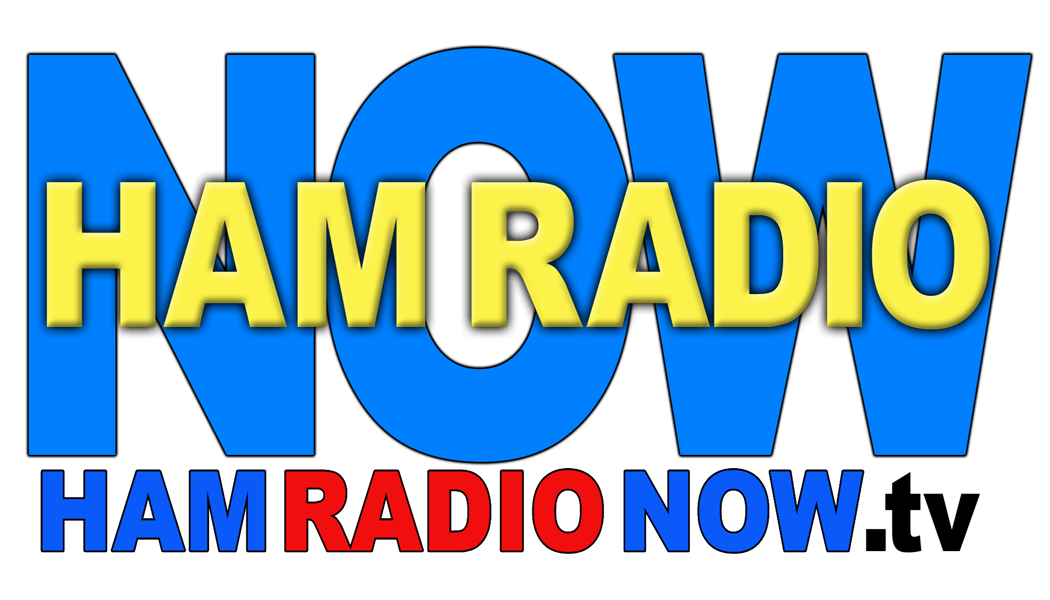Morse Code and CW: Related, but NOT the same thing
/I encourage hams to learn Morse code if they have that interest. It's a cool skill, and an interesting area of our endeavor.
Morse code and the CW mode are closely related, but they are not one and the same thing.
Morse code is a system of dots and dashes (and spaces, I suppose) representing letters of the alphabet, numbers and punctuation.
CW, Continuous Wave, is a very basic mode of generating radio energy. It is kind of difficult to describe without using terminology that requires even more explanation, beyond a reasonable comment in a blog post. But I will say that it is a radio wave (called a carrier) that, when unmodulated, occupies almost no spectrum, and can be generated on pretty much any frequency that technology allows. But it's what you do with it that makes it useful.
One of the things you can do with it is turn it on and off in a pattern. One common pattern is dictated by the Morse code. That's where CW and Morse code pretty much overlap each other.
But you can do other things with it. You can vary its amplitude with an audio signal, creating AM or, with a little more technology, single sideband. You can vary its frequency with an audio signal, creating FM. You can rapidly change its frequency or phase, or add many other nearby carriers, also changing their frequency or phase, and create a complex data signal. That data signal may represent text, image, voice, almost anything.
It all begins with CW. But clearly, not Morse code.
Why is it called continuous wave? To differentiate It from its predecessor, spark, which was a ‘damped’ wave.
When a spark jumps between two electrical poles (which it will do if the voltage difference between those poles is high enough), It creates a broad radio signal.
In the early days of radio, before the invention of vacuum tubes, inventors like Heinrich Hertz, and Marconi developed apparatus to more or less control that spark, switching it on and off in the Morse code pattern.
But the devices that they built were unable to send a spark radio signal of indeterminate length. Their signals lasted at full strength for a second or two, then degraded quickly. They called that a damped wave. Fine for sending a Morse code message. But not really something you could develop farther. (There were some experiments with modulating a spark signal with voice. It was a curiosity, which was never fully developed.)
With the advent of the vacuum tube, and the invention of the oscillator, that narrow radio signal I described before could be generated. And it could transmit indefinitely, as long as there was a power source. Hence it was continuous. A Continuous Wave. CW.
K4AAQ


